Table Of Contents
The fitness landscape in America has evolved dramatically over the years, shaped by technological advancements, lifestyle changes, and global events like the COVID-19 pandemic. This article dives into eye-opening fitness statistics that reveal how Americans approach exercise, what activities they prefer, and how digital platforms are transforming fitness habits across the country.
The Rise of Fitness in America: Eye-Opening Statistics
The American fitness scene has witnessed remarkable growth over the past decade. According to recent exercise statistics, more people are embracing regular physical activity as part of their lifestyle. Data from Statista shows a steady increase in the time Americans dedicate to sports and exercise daily between 2010 and 2021, with a notable peak during 2020. This surge coincided with the COVID-19 lockdowns, which gave people more time to engage in home fitness routines.
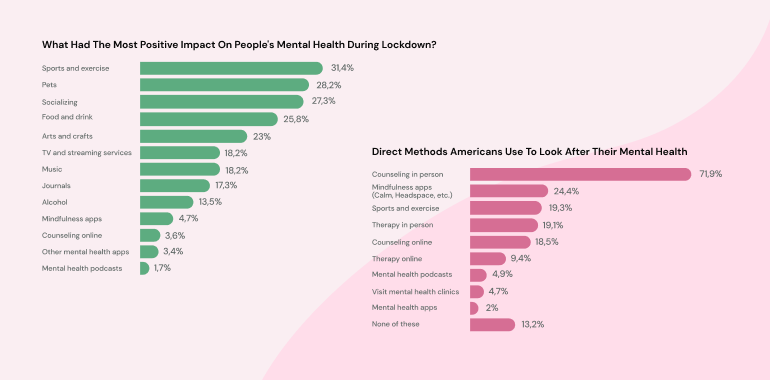
Mental Wellness Through Exercise: How Americans Stay Healthy
Modern fitness isn’t just about physical appearance—it’s increasingly linked to mental wellbeing. The Americans’ Mental Health And Personal Spending Report reveals that nearly one-fifth (19.3%) of Americans use sports and exercise to support their mental health. During lockdown periods, physical activity had the most significant positive impact on people’s psychological state. This connection between physical activity and mental wellness has become a central component of how Americans approach fitness today.
American Fitness Habits: Time Spent on Exercise Daily
How much time do Americans actually dedicate to staying fit? American exercise statistics from Statista show that in 2021, people spent an average of 0.32 hours (about 19 minutes) per day on sports, exercise, and recreational activities. Despite returning to work after strict quarantine measures were lifted, 21.5% of the U.S. population remained engaged in sports and exercise daily in 2021—higher than pre-pandemic levels in 2019.
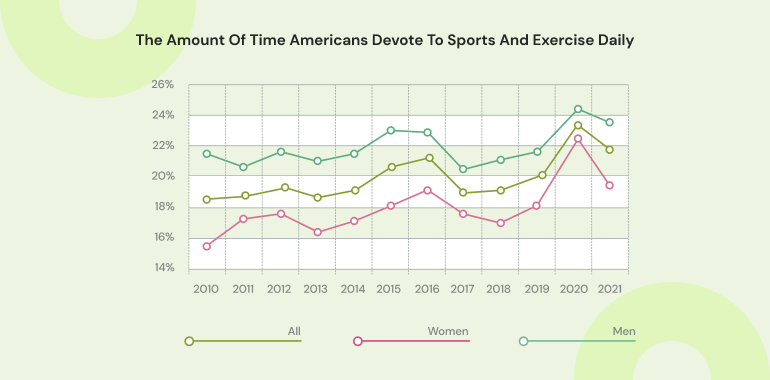
Also, read – The Metabolism Myth: What Your Body is Really Doing When You Eat
Gender Differences in Fitness Activities: Men vs Women
Interesting statistics about fitness reveal notable gender differences in exercise habits. Men tend to dedicate more time to fitness activities than women—approximately 0.4 hours (24 minutes) per day compared to women’s 0.24 hours (14.4 minutes). Additionally, men are more likely to participate in sports activities (23.4%) than women (19.6%). These gender disparities extend to activity preferences, with women showing stronger interest in yoga and pilates compared to men.
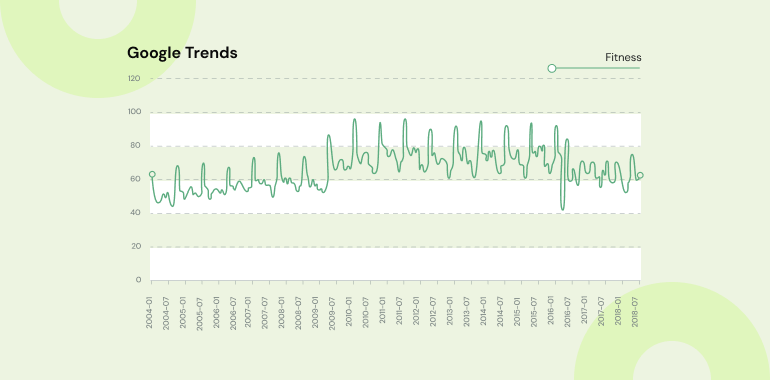
Most Popular Fitness Activities in America
Google Trends data reveals what fitness activities Americans search for most frequently. From May 2022 to May 2023, the top searched fitness activities included:
- Yoga (2nd position)
- Workout (3rd position)
- Simple exercises (6th position)
- Pilates (7th position)
- CrossFit (12th position)
This search data provides valuable insight into the workout statistics and preferences of Americans looking to improve their fitness levels.
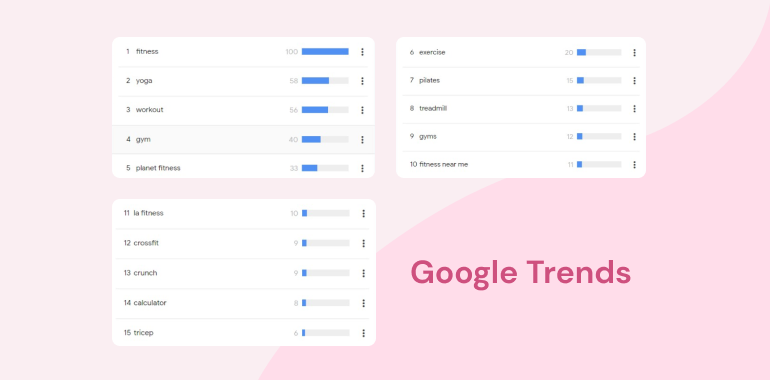
Yoga: America’s Favorite Exercise
Yoga has emerged as the most popular fitness activity among Americans. According to Statista, the number of yoga practitioners in the United States has grown steadily from 2010 to 2021, reaching approximately 34.4 million people in 2021—about 10% of the U.S. population. Gender differences are particularly pronounced in yoga participation, with 30% of active women practicing yoga or pilates compared to just 11% of men in 2022.
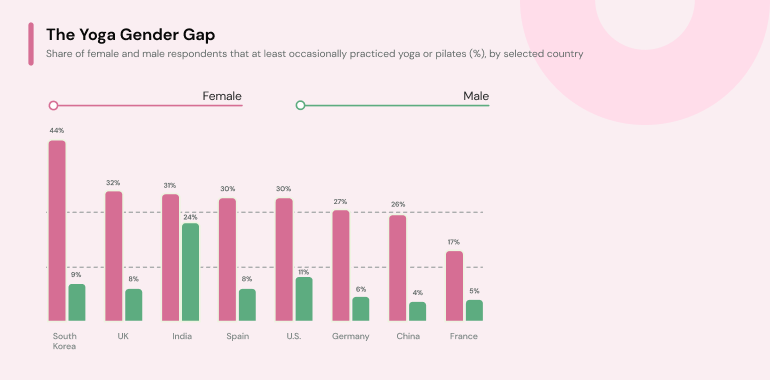
Home Workouts vs Gym Memberships: Post-Pandemic Trends
The COVID-19 pandemic dramatically shifted how Americans approach fitness. A survey conducted by OnePoll on behalf of the AI fitness app Freeletics found that two-thirds of Americans now prefer exercising at home rather than returning to the gym. This change in preference has persisted even as pandemic restrictions eased, suggesting a lasting transformation in fitness habits across the country.
Also, read – Explore Eye-Opening Analytical Data on the Impact of Stress in the Lives of Americans Today!
The Booming Home Fitness Market: $17.3 Billion by 2030
The shift toward home workouts has fueled substantial growth in the home fitness market. According to Acumen Research and Consulting, the global home fitness market was valued at $11.3 billion in 2021 and is projected to reach $17.3 billion by 2030, growing at a compound annual rate of 4.9%. This expansion reflects the increasing demand for convenient, accessible fitness solutions that can be integrated into busy lifestyles.
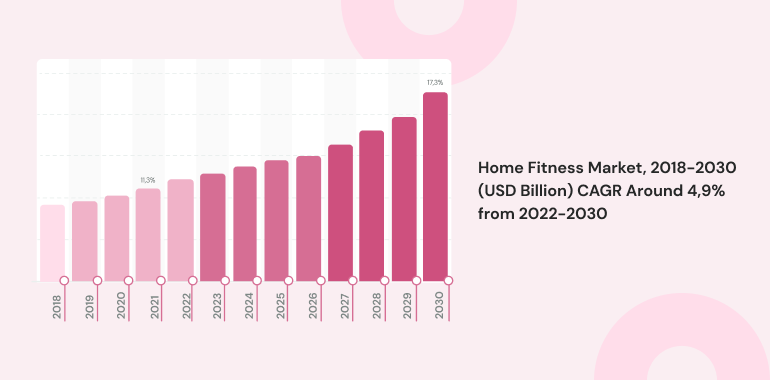
Recovery of the US Fitness Industry After COVID-19
Despite the surge in home workouts, the traditional gym industry is bouncing back. US fitness industry statistics indicate that revenue for health and gym clubs has begun recovering after the pandemic slump. Forecasts suggested the industry would reach $32.02 billion in 2022, showing resilience despite changed consumer preferences. This recovery demonstrates that both home-based and gym-based fitness options can coexist in the evolving American fitness landscape.
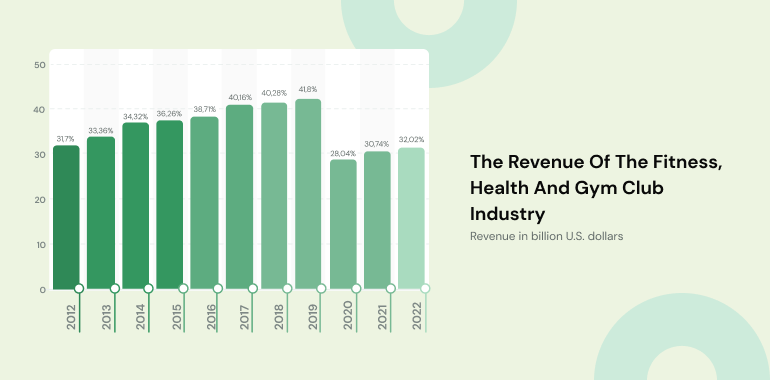
Fitness Location Matters: What Americans Search For
Google Trends data from 2023 reveals that location and convenience are key factors in Americans’ fitness choices. The most common search queries include:
- “Fitness near me” (4th position)
- “24 fitness” (5th position)
- “24-hour fitness” (6th position)
- “Anytime fitness” (7th position)
These search patterns highlight that accessibility and convenience remain crucial considerations for people seeking fitness options in their daily lives.
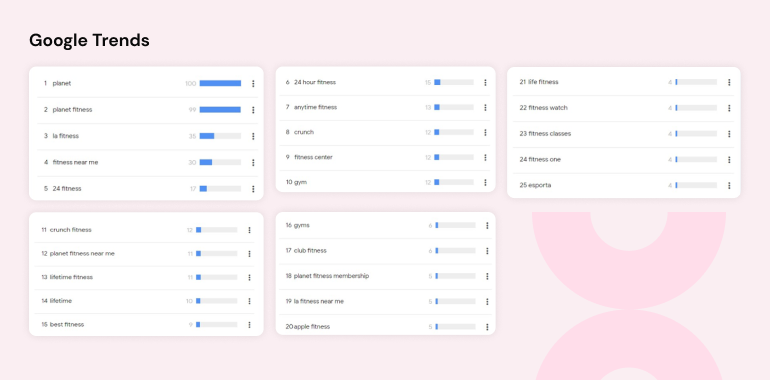
The Digital Fitness Revolution: Apps and Wearables
The digitalization of fitness has made exercise more accessible than ever. Popular search terms like “Apple fitness” (position 20) and “fitness watch” (position 22) demonstrate growing interest in digital fitness tools. Fitness in America has been transformed by technology, with wearable devices and mobile applications providing personalized guidance, tracking, and motivation for users across all fitness levels.
86.3 Million Americans Using Fitness Apps in 2025
Fitness apps statistics show remarkable growth in digital fitness platforms. According to Statista, approximately 86.3 million people in the US will use health or fitness apps by 2025. These applications simplify the exercise journey by providing structured workouts, progress tracking, and personalized recommendations directly on users’ smartphones. This digital transformation has democratized access to fitness guidance and expertise.
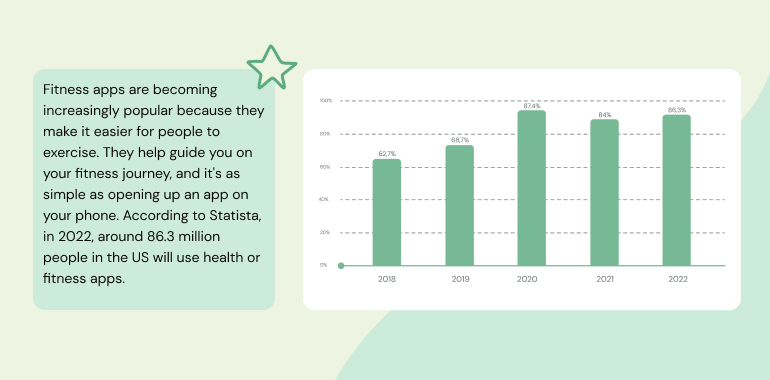
Top Engaging Fitness Apps: User Engagement Statistics
Not all fitness apps maintain the same level of user engagement. The Power User Curve tool reveals that Fitbit leads with 36% of active users opening the app more than ten days monthly. Other popular fitness apps show varying engagement levels:
- Garmin Connect: 31% highly engaged users
- Strava: 27% highly engaged users
- Sweatcoin: 8% highly engaged users
These fitness stats highlight the importance of user experience and value proposition in maintaining long-term app engagement.
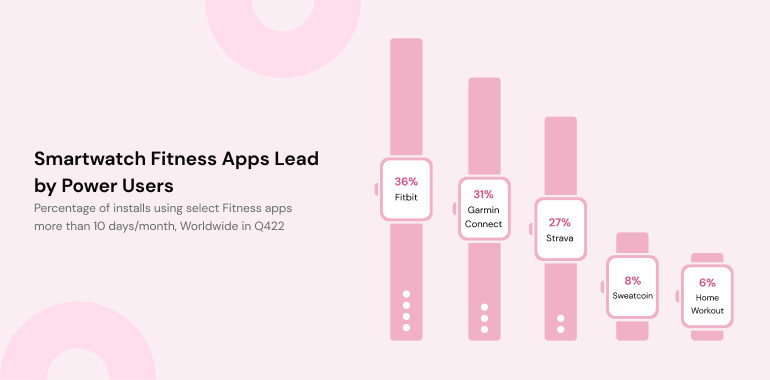
Social Media’s Impact on Fitness: Instagram and TikTok Trends
Social media platforms have become powerful drivers of fitness trends and motivation. On Instagram alone, there are 135 million posts with the hashtag #fitnessmotivation. TikTok has further amplified fitness content with 24.6 billion views on #fitnessmotivation and 4.3 billion views on #fitnesschallenge. These platforms have created communities where fitness enthusiasts share workouts, progress, and motivation, influencing how Americans perceive and approach exercise.
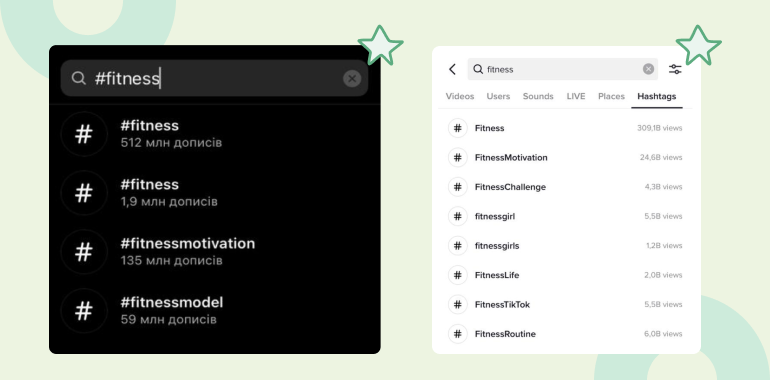
Transforming Your Fitness Journey: Take the Next Step
The American fitness landscape continues to evolve, shaped by technology, changing preferences, and a growing focus on holistic health. Today’s fitness enthusiasts have unprecedented access to resources, from home workout equipment to digital apps and online communities. The rising popularity of yoga, home workouts, and fitness apps demonstrates a shift toward more personalized, convenient fitness solutions.
As our lives become increasingly digital, fitness apps have transformed into essential tools for maintaining health. They offer flexibility, convenience, and personalized guidance that help you stay motivated and reach your fitness goals.
If you’re looking to enhance your fitness routine, consider trying the Lasta Fasting app. It’s an excellent tool for incorporating intermittent fasting into your health regimen. With Lasta, you can easily track fasting periods, learn about the science behind fasting, and connect with a community of fellow fasters. Download the Lasta Fasting app today and take your first step toward a healthier lifestyle!
Also, read – American Sleep Habits: Check Out the Latest Analytical Facts
Lilly Jackson is the Fitness coach & Rehabilitator. She is helping women everywhere unlock their full potential in health and fitness! With a Masters's in Medicine and a passion for writing, her calling is to share knowledge with the world.









